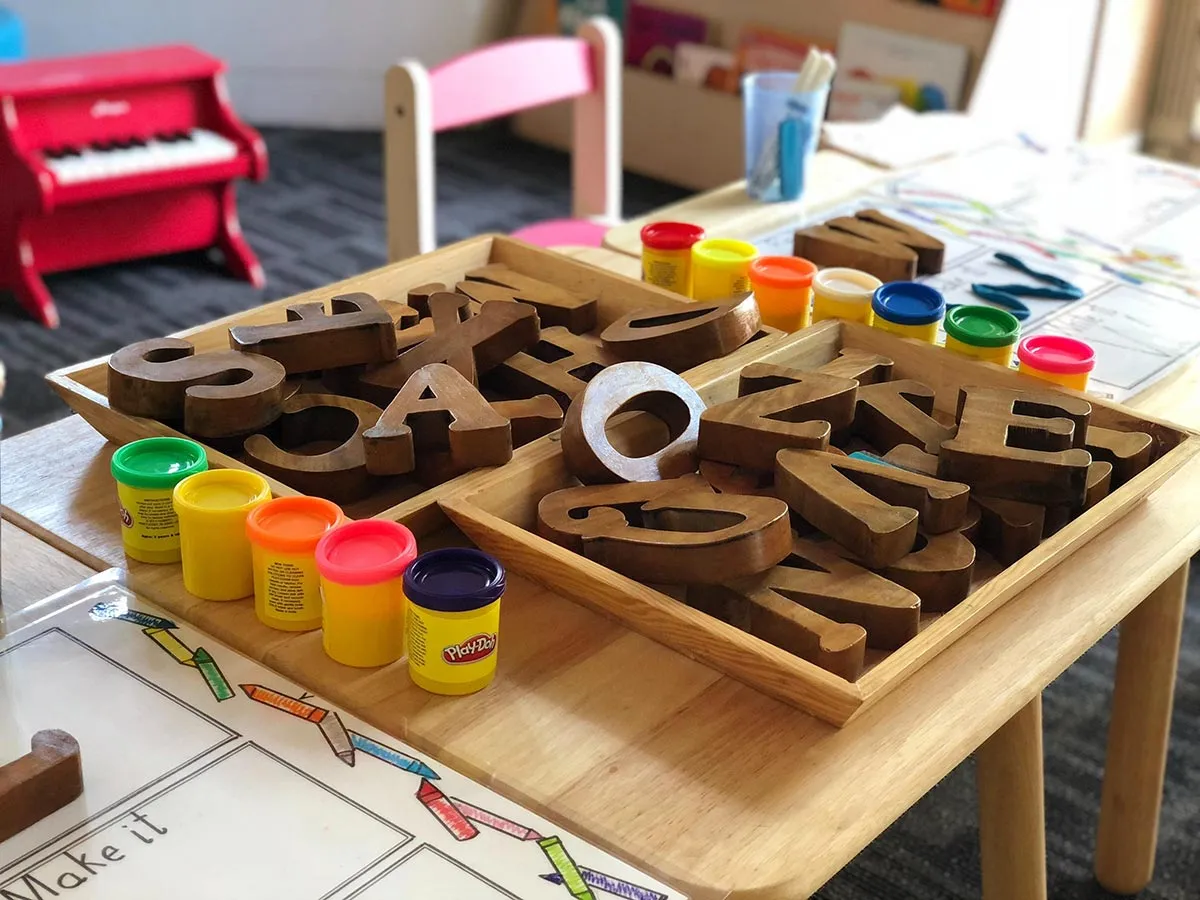Enhancements to the Child and Dependent Care Credit for 2021

Higher amounts for those that qualify, but spilled milk for the highest earners.
Highlights:
- Higher eligible expense amounts and higher credit rates mean the potential for larger credits this year
- The credit is refundable this year which could benefit filers with a low tax bill and higher than normal credit
- A bad surprise for some high earners that could see the credit phased out to $0
One of the many changes to tax law for 2021 that has come out of the American Rescue Plan Act of 2021 are some enhancements to the Child and Dependent Care tax credit. Those of you who pay for child care or for adult dependent care should read on to learn more.
First a couple of definitions
The Child and Dependent Care Tax Credit has two key components: Eligible Expenses and the Applicable Percentage that you can receive back as a credit. There are rules to follow on both of these so please seek competent advice as you determine your eligibility and calculation of the credit.
Eligible Expenses - these are expenses paid for the care of a “qualifying person”. IRS Publication 503 is the go-to for this particular credit, but here are the details:
A Qualifying Person is either:
- A child who is your dependent and will be under age 13 at the end of the year
- A spouse who was not physically or mentally able to care for themselves and lived with you for more than half the year
- Other individuals living with you and unable to care for themselves physically or mentally, subject to certain other conditions – speak with your tax professional for more detail here
Eligible Expenses are expenses paid directly for the care of the qualifying person. An important point here is that the expenses must be what the IRS calls “work related”. From IRS Publication 503 both of the following must be true to qualify:
- They allow you (and your spouse if filing jointly) to work or look for work.
- They are for a qualifying person's care.
Unfortunately, if the care isn't necessary to allow you to work or look for work, it won't be eligible for a credit.
One other point of value: in some cases, you can include expenses for payments to other relatives who provide care, once again if certain conditions are met. We won’t go into detail on that here.

Higher eligible expense amounts for 2021
For 2021 the amount of expenses you can use to begin the calculation of your credit is increased from $3,000 for one child and $6,000 total for two or more children to $8,000 for one child and $16,000 for two or more children
The amount of expenses you can include in your calculation is more than doubled for 2021! While anyone who has kids in daycare knows this still probably doesn’t account for all of the costs of childcare, we’ll see in a moment how this translates into a potentially higher credit for many.
Higher percentage credit rate and higher phase outs:
Once you have determined the amount of eligible expenses you can use for the credit for 2021 that number gets multiplied by a percentage that gives you your credit amount. That percentage gets phased down above certain income levels.
For 2021 taxpayers receive a 50% credit of eligible expenses up to an AGI threshold of $125,000. The credit is phased down to 20% for taxpayers over $185,000 until you get up to $400,000 in income, at which point the credit is phased down to 0%.
With these changes, not only have the maximum credit rates been increased, but more taxpayers will qualify for a larger rebate! Let’s see an example.
Let’s assume our taxpayer has $100,000 AGI in both 2020 and 2021, and also had $10,000 of child care expenses each year related to one child only.

That is a huge difference of $3,400 in tax credit and might just have you doing a happy dance! A couple things to note:
- Our taxpayer was allowed to use $5,000 more in expenses in 2021 to determine the credit
- Their income in 2020 was well above the phase out range, but well below the phase out in 2021
- Our $100,000 earner with one eligible dependent went from receiving the minimum possible credit in 2020 to receiving the maximum possible credit in 2021
This is all great news, and now is the time to start looking at your tax situation for this year to get a sense of how the numbers will shape up and plan any adjustments.
A couple more points:
Bad News for earners above $400,000
I mentioned earlier that above $400,000 in AGI the credit is phased out to 0%.
In other years, while the credit is phased down to 20% fairly quickly ($43,000 in AGI if you recall) the 20% holds for all income levels. That is not the case this year.
Once your AGI is above $400,000 the credit is phased down further, by 1% for every $2,000 in income until you hit AGI of $440,000 where the credit is eliminated. Ultra-high earners could lose out on the tax credit this year.
The credit is refundable this year
Tax credits can either be refundable or non-refundable. A non-refundable tax credit cannot push your liability past $0. A refundable credit could. This is easier with an example.
Let’s say you have worked through your taxes, taken your deductions, and you find that your tax liability is $1,500. You also have an available tax credit of $2,000.
If the $2,000 tax credit is non-refundable the credit would eliminate the $1,500 tax liability you owe, but that’s it. The remaining $500 gets “left on the table.”
If that same $2,000 tax credit is refundable, not only would it eliminate the $1,500 tax liability, you would receive a refund from the IRS for the remaining $500. You still receive the full value of a refundable credit even when your tax liability is $0.
The Child and Dependent Care Tax Credit is refundable for 2021, in all other years it is non-refundable.
Take a look at your situation now
Start planning now if the child tax credit is something that is normally in play for you. Keep a record of expenses you may need to report, and work with a professional to see if there are any planning moves you should be making now that will help you qualify for the largest credit possible.



